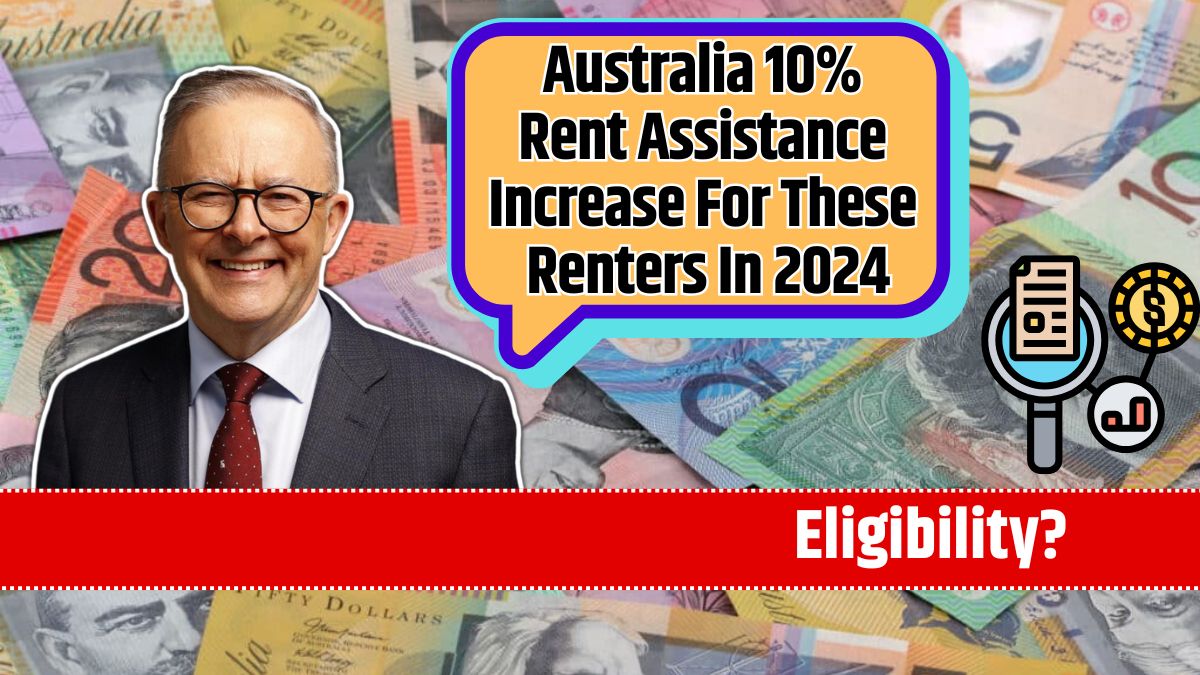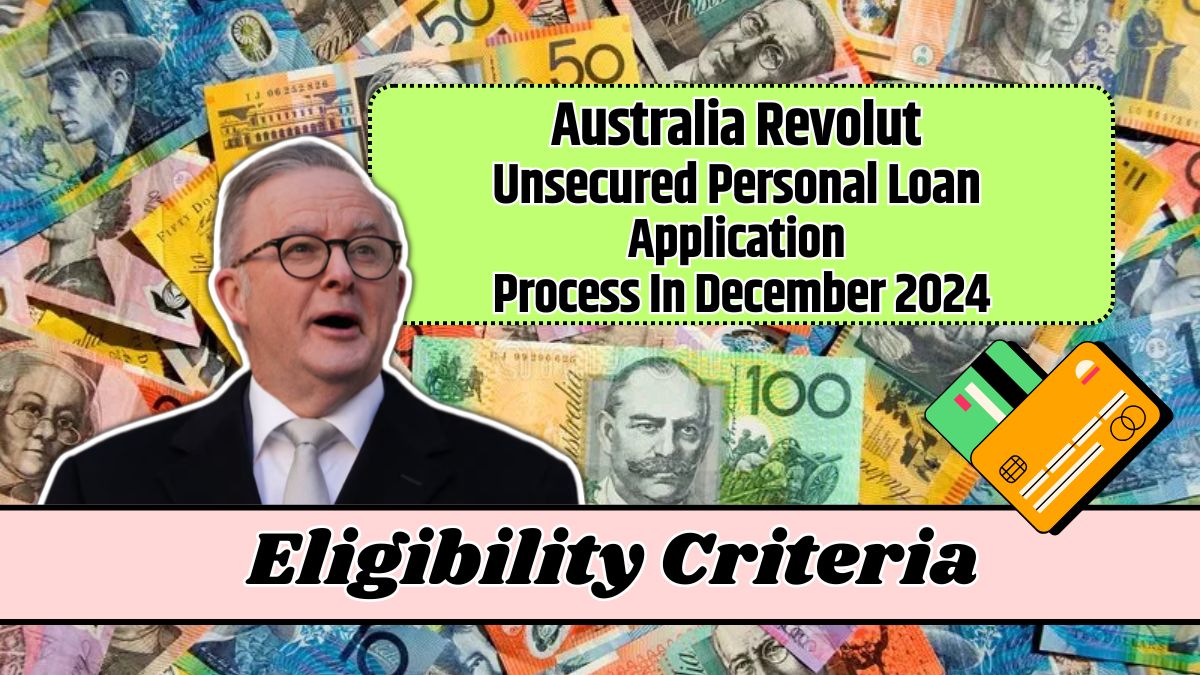If you’re an Australian adult over 25 living with a permanent medical condition that limits your ability to work, the Disability Support Pension (DSP) could provide critical financial assistance.
With payments of up to $1,020.60 per fortnight, the DSP helps individuals manage living expenses while focusing on their health. This guide explains eligibility requirements, the application process, and additional benefits available to DSP recipients.
What Is the DSP?
The DSP is a government-funded financial support program for Australians with long-term medical conditions or disabilities. It ensures individuals who cannot work due to their health receive adequate financial help for essentials like housing, groceries, and healthcare.
Eligibility
1. Age Requirement
- Must be at least 16 years old.
- To qualify for the higher rate ($1,020.60 per fortnight), you need to be 25 years or older.
2. Medical Condition
- The condition must be permanent and prevent you from working 15 hours or more per week.
- Examples include physical disabilities, chronic illnesses, or mental health issues.
- Your condition should be unlikely to improve within two years.
3. Work Capacity
Centrelink assesses your ability to work through medical reports and, if necessary, a Job Capacity Assessment (JCA). This ensures only individuals with significant barriers to employment qualify.
4. Residency Requirements
- Must be an Australian citizen or permanent resident.
- Typically, you must have lived in Australia for at least 10 years.
Payment Rates
As of 2024, DSP payments are structured as follows:
| Category | Maximum Payment (Fortnight) |
|---|---|
| Single Adult (25+) | $1,020.60 |
| Each Partner in a Couple | $769.80 |
If you’re blind, different rules may apply, potentially increasing your payments.
Income and Assets Tests
- Income: Any income you or your partner earn can reduce your payments.
- Assets: Owning significant assets, like property (excluding your primary residence), may also impact your eligibility or payment amount.
How to Apply
Step 1: Check Eligibility
Before applying, use the DSP eligibility tool on the Services Australia website to ensure you meet the basic requirements.
Step 2: Gather Medical Evidence
You’ll need detailed documentation from a qualified medical professional, including:
- Reports outlining your condition.
- Details of treatments or therapies you are following.
- Test results or imaging that support your claim.
Step 3: Submit Your Application
- Online: Log in to your myGov account and complete the DSP application under Centrelink services.
- In Person: Visit a Centrelink office for guidance if you prefer face-to-face support.
Be ready to provide identification, financial information, and residency proof.
Step 4: Job Capacity Assessment
If needed, Centrelink will arrange a Job Capacity Assessment with a healthcare professional to evaluate your ability to work.
Step 5: Wait for Approval
Processing times vary but usually take a few weeks to a few months, depending on the complexity of your case.
Additional Benefits
Being approved for the DSP unlocks several other benefits:
- Healthcare Concessions: Reduced costs for prescriptions, bulk-billed medical services, and other treatments.
- Transport Discounts: Pensioners may qualify for free or discounted public transport in most states.
- Utility Concessions: Discounts on electricity, water, and gas bills may be available.
After Approval
Once approved, you’ll receive payments every two weeks. To maintain your eligibility, inform Centrelink of any changes to your medical condition, income, or living situation. Regular reviews ensure you’re still eligible for the DSP.
Tips for a Successful Application
- Be Thorough: Provide complete and detailed documentation about your medical condition and treatment.
- Seek Support: If you’re unsure about the process, consider consulting a disability advocate or social worker.
- Stay Informed: Monitor your myGov account for updates and requests from Centrelink.
The Disability Support Pension offers much-needed financial relief for Australians unable to work due to permanent medical conditions. Understanding the eligibility criteria and application process can make accessing this vital support smoother and faster.













